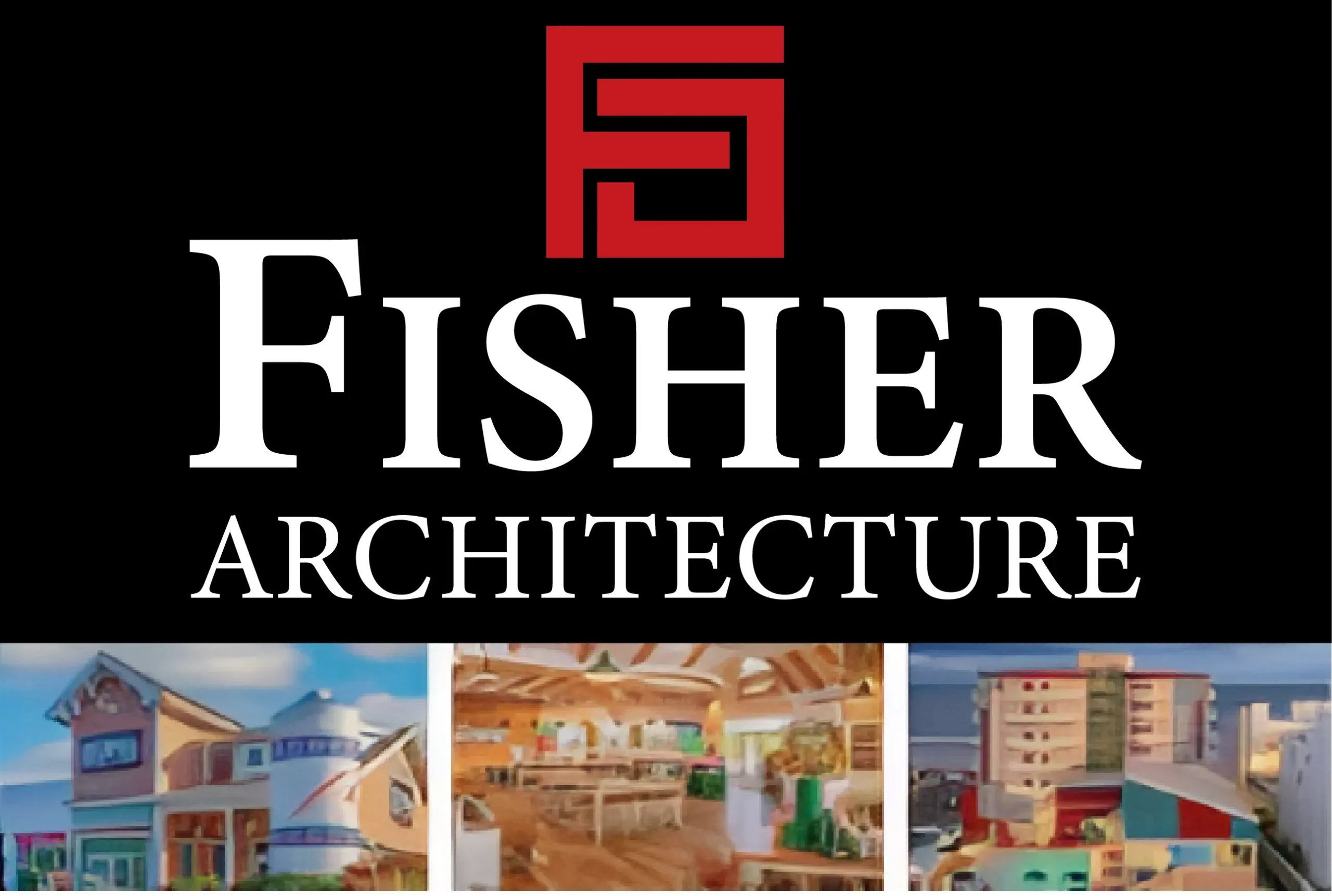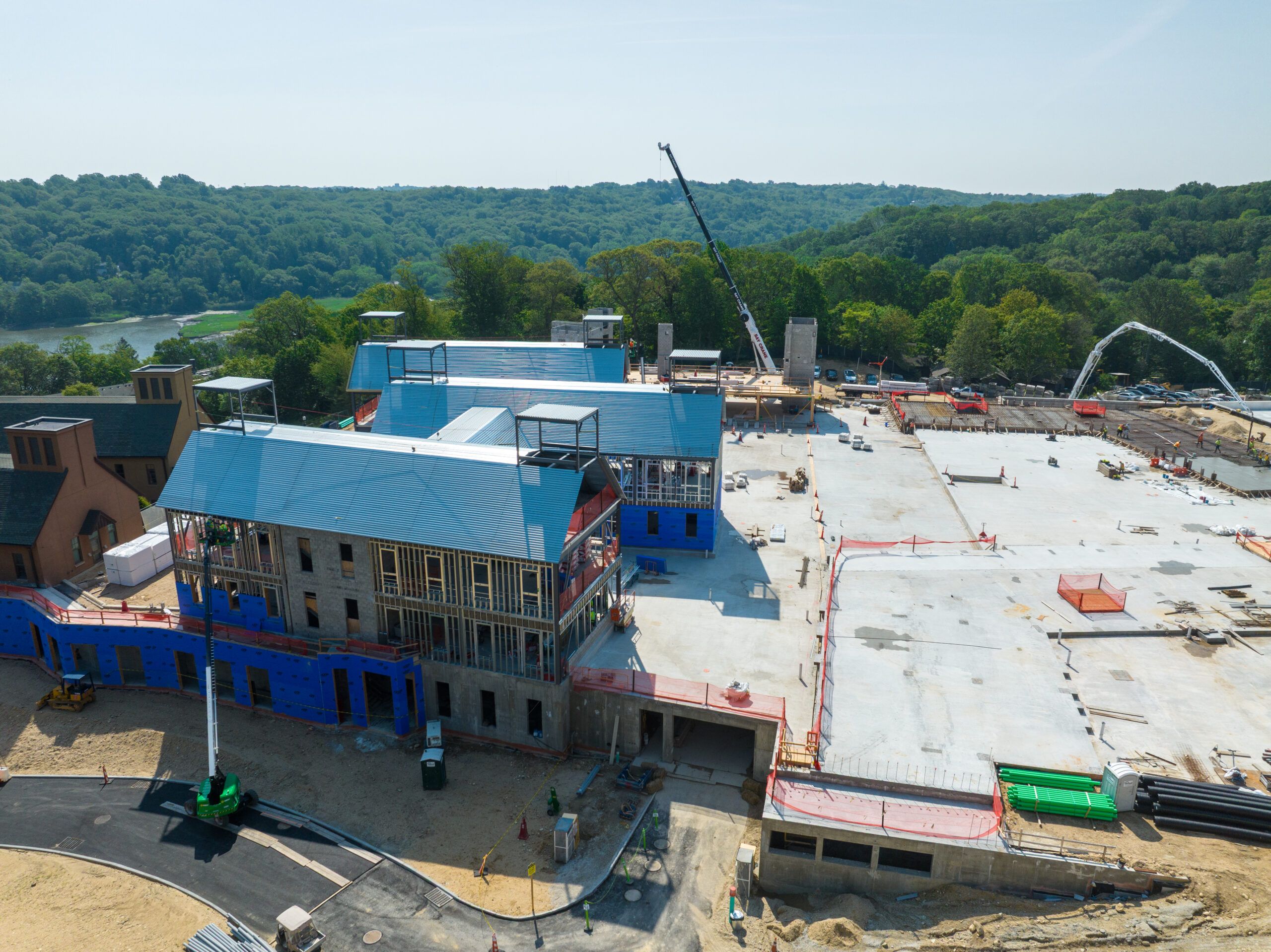Home staging transforms completed builds into irresistible homes. It connects buyers emotionally, increases perceived value, and shortens market time.
So, learn why this crucial step shouldn’t be an afterthought in residential construction planning!
Understanding Home Staging in the Build Cycle
Home staging plays a critical role in turning new builds into buy-ready homes.
Developers focus primarily on things like structural quality, but they also need to ensure they don’t overlook staging, as it highlights how that quality translates into livable spaces buyers can imagine themselves in.
It’s like putting the finishing polish on a diamond—structural integrity matters, but presentation enhances appeal.
Homes without staging may feel cold or incomplete compared to furnished competitors.
Planning home staging early avoids scrambling after construction ends. It ensures the property is ready for buyers without unnecessary delays.
Why does home staging belong in your plan? Well, it:
- Shows off each room’s potential purpose and layout.
- Helps buyers visualize living comfortably within the space.
- Makes properties feel welcoming rather than vacant or impersonal.
Plan ahead for better results at closing!
Factoring Home Staging Costs into Construction Budgets
Home staging is an investment that developers and contractors should account for when planning project expenses.
Ignoring it during the budget phase can lead to financial surprises later or result in properties hitting the market without their best presentation.
Including this expense upfront allows builders to maximize the property’s value while managing costs efficiently.
On average, a staged home sells faster and often at a higher price than an unstaged one.
Developers who neglect this step may lose potential buyers due to uninspiring presentations.
Key factors influencing the home staging cost include:
- The size of the property, which impacts furniture quantity and the scope of work.
- Market trends determining buyer expectations in your area.
- Professional stager fees varying based on the experience and services provided.
Remember: planning for staging ensures your project remains competitive.
How Home Staging Impacts Final Sale Value
A staged home isn’t just visually appealing—it also drives tangible results in the final sale value. Buyers often decide within moments whether a property feels like “home,” and staging helps make that impression positive.
Staged properties showcase their full potential by emphasizing functionality, flow, and comfort.
Without this preparation, even well-constructed homes can feel uninviting or incomplete, reducing buyer interest and perceived value. In contrast, staging highlights key features to help buyers emotionally connect.
What makes staging boost sale prices?
- It creates aspirational living spaces that buyers are willing to pay more for.
- It reduces time on the market by generating quicker offers from impressed viewers.
- It helps justify competitive pricing compared to similar unstaged properties nearby.
So, the return on investment typically outweighs upfront costs.
Common Missteps When Skipping Staging After Construction
Skipping home staging might seem like a cost-saving decision, but it often leads to costly mistakes that impact the property’s marketability. A completed home without staging can appear empty, cold, or even smaller than it is—leaving buyers unimpressed.
Without furniture and décor, flaws like awkward layouts become more noticeable. Buyers may struggle to visualize how their lives would fit into an unstaged space, reducing emotional connection and willingness to commit.
Here are some common issues when skipping staging:
- Prolonged time on the market due to reduced buyer interest.
- Lower perceived value resulting in lower offers from potential buyers.
- Missed opportunities for creating a standout listing among competing homes.
Staging ensures your finished build attracts attention and maximizes its selling potential.
Why Timing Matters for Integrating Staging Services
Timing is everything when incorporating home staging into the construction process. Leaving it as a last-minute decision often results in rushed setups or delayed listings, which can cost valuable time and money.
Early planning ensures that staging aligns with your project’s completion schedule.
By booking professional stagers ahead of time, you avoid unnecessary stress while ensuring the property is market-ready when construction wraps up.
Why plan for staging services early? It:
- Guarantees the availability of reputable stagers who book up quickly.
- Avoids delaying listing timelines by coordinating schedules effectively.
- Provides flexibility to fine-tune staging elements based on buyer trends.
By integrating home staging into your timeline from the start, you position yourself to attract buyers faster and more efficiently.
Homebuyer Psychology: Why Visual Appeal Seals Deals
A home purchase isn’t just a financial decision; it’s an emotional one. Buyers often rely on first impressions and their ability to imagine living in the space. This is why visual appeal, created through effective home staging, plays such a critical role.
An empty property can feel impersonal or overwhelming, leaving buyers uncertain about its potential. Staged homes guide them by creating warm and functional spaces that spark emotional connections.
Understanding buyer psychology ensures your efforts directly impact purchasing decisions!











